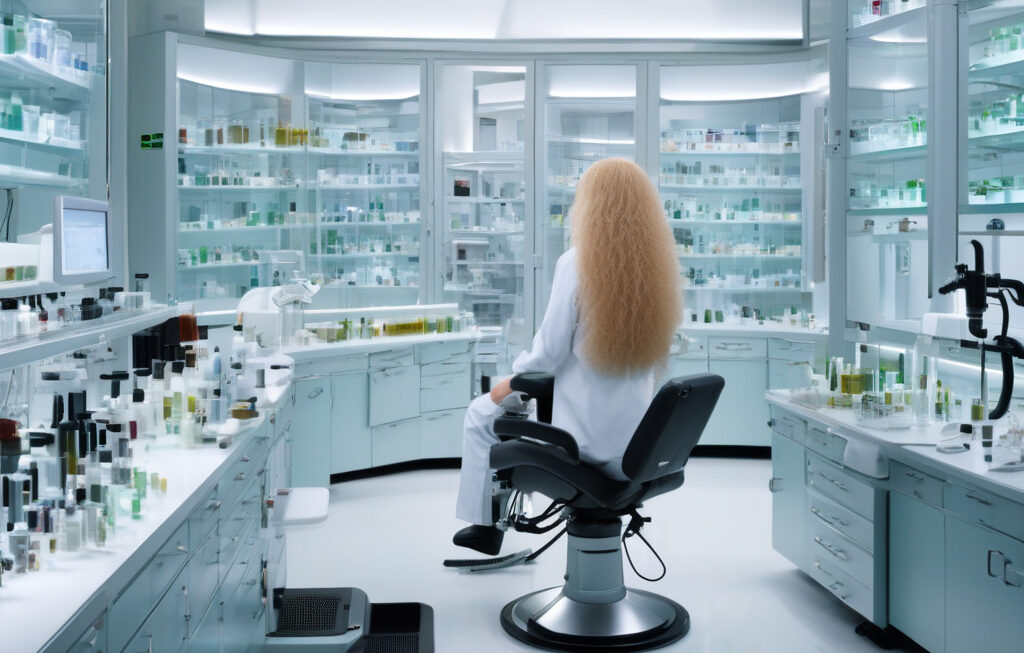Could Travel Sizes Get Sent Packing?
For years, travelers have begrudgingly abided by the Transportation Security Administration’s (TSA) strict regulations on liquid carry-on items, limiting them to small travel-sized containers. However, recent rumblings suggest that this long-standing ban on full-size personal care products could soon be lifted. But what implications would such a change have on the airport beauty business, a thriving industry valued at a staggering $32 billion?
The convenience of travel-sized bottles has been a double-edged sword for both consumers and businesses. While these compact containers have catered to the needs of travelers looking to comply with TSA rules and save space in their luggage, they have also driven up costs for both manufacturers and consumers. Companies have had to invest in specialized packaging and manufacturing processes to produce these miniature versions of their products, leading to higher production costs that are often passed on to customers in the form of inflated prices per ounce.
Moreover, the limitations on bottle sizes have forced consumers to purchase new travel-sized products for each trip, contributing to environmental waste and the perpetuation of a disposable consumer culture. The prospect of being able to carry full-size personal care products in carry-on luggage could potentially alleviate these issues, allowing travelers to use the same products they rely on at home while on the go.
From a business perspective, the potential lifting of the ban on full-size personal care products presents both challenges and opportunities for companies in the airport beauty business. On one hand, businesses specializing in travel-sized products may face a decline in sales if travelers opt to carry their full-size products instead. This shift could disrupt the market and force companies to rethink their product offerings and marketing strategies.
On the other hand, companies that traditionally produce full-size personal care products stand to benefit from an increase in demand from travelers looking to streamline their packing process and reduce costs. By tapping into this new market segment, these businesses could capitalize on the changing travel landscape and potentially expand their customer base.
However, it is essential to consider the potential impact on airport retailers who rely heavily on the sale of travel-sized products to generate revenue. If travelers begin to favor carrying full-size products from home, airport shops may see a decline in sales, leading to a shift in their business model and product offerings.
Ultimately, the potential relaxation of restrictions on liquid carry-on items could mark a significant turning point for the airport beauty business. While the move may bring about challenges for some companies, it also opens up new possibilities for innovation and growth in a sector that has long been constrained by stringent regulations.
As travelers eagerly await a final decision from the TSA, the airport beauty business is bracing for a potential shake-up that could reshape the way we approach personal care products while traveling.
travel sizes, TSA regulations, airport beauty business, full-size products, consumer convenience












